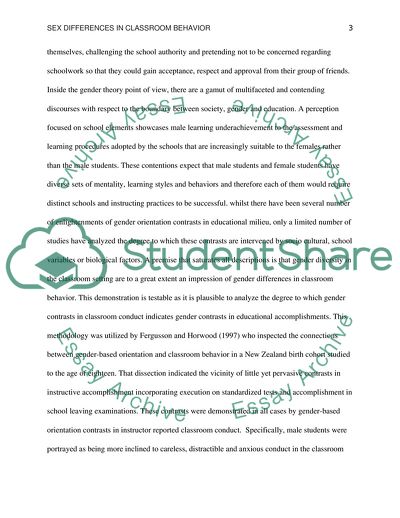Cite this document
(Sex Differences in Classroom Behavior Literature review, n.d.)
Sex Differences in Classroom Behavior Literature review. https://studentshare.org/psychology/1807649-sex-difference-in-classroom-behavior
Sex Differences in Classroom Behavior Literature review. https://studentshare.org/psychology/1807649-sex-difference-in-classroom-behavior
(Sex Differences in Classroom Behavior Literature Review)
Sex Differences in Classroom Behavior Literature Review. https://studentshare.org/psychology/1807649-sex-difference-in-classroom-behavior.
Sex Differences in Classroom Behavior Literature Review. https://studentshare.org/psychology/1807649-sex-difference-in-classroom-behavior.
“Sex Differences in Classroom Behavior Literature Review”. https://studentshare.org/psychology/1807649-sex-difference-in-classroom-behavior.


